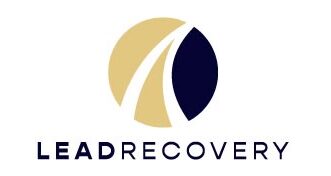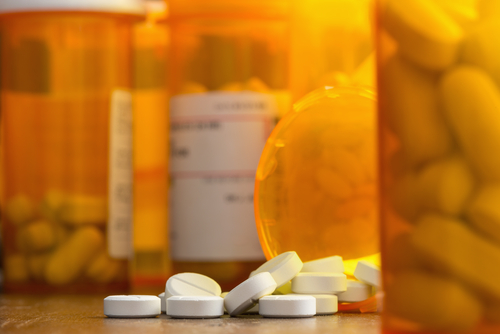 Opiate addictions may once have been centered in opium dens of the nineteenth century and among heroin addicts in the 1970’s. Modern opiate addictions are broader and more insidious, as they affect every social strata and demographic group in virtually every part of the United States. If your physician gave you a prescription for an opiate painkiller like vicodin, you may be exposed to this addiction risk. If you know the warning signs of opiate addiction, you will be better able to handle that risk. Alternately, if you suspect that you have developed an opiate addiction, you should know that you have many treatment options to aid in your recovery.
Opiate addictions may once have been centered in opium dens of the nineteenth century and among heroin addicts in the 1970’s. Modern opiate addictions are broader and more insidious, as they affect every social strata and demographic group in virtually every part of the United States. If your physician gave you a prescription for an opiate painkiller like vicodin, you may be exposed to this addiction risk. If you know the warning signs of opiate addiction, you will be better able to handle that risk. Alternately, if you suspect that you have developed an opiate addiction, you should know that you have many treatment options to aid in your recovery.
Recent studies have estimated that more than two million people in the U.S. and more than thirty million people worldwide are experiencing some form of opiate addiction. Prescription painkillers account for a large portion of these addictions. Physicians in the U.S wrote more than 200 million prescriptions for oxycodone and hydrocodone prescriptions in 2013 alone. When those prescriptions expire or run out, the extreme cravings from chemical withdrawal can drive addicts to seek out heroin and other illicit substances to replace the painkillers. At that level an addiction problem is more difficult to cure. Because of this, if your physician has given you a prescription for an opiate painkiller, you should teach yourself to recognize the signs of an impending opiate addiction before you lose all control over your painkiller usage.
The first sign, which can be subtle, is an increasing tolerance to the product. If you are using an opiate painkiller for post-operative pain control, for example, you might find that the prescribed dose no longer eases the pain. You’ll need a larger single dose or more frequent doses to keep you pain-free. You might also find yourself asking for more refills than your doctor first prescribed, or you can find yourself taking your painkiller long after you are fully recovered from the accident or operation that preceded the prescription.
Early physical symptoms of opiate addiction include drowsiness, lower energy levels, anxiety and irritability. You might experience flu-like symptoms that are typical of the early stages of opiate withdrawal, such as nausea, cold sweats, muscle aches and cramps, and a severely upset stomach. If you suspect that a friend or family member is showing signs of opiate addiction, in addition to these physical symptoms, you should look for empty prescription bottles and other drug paraphernalia (including syringes) in their trash. Watch for needle marks on their arms and observe how well they interact with people around them. Opiate addictions frequently blind addicts to their problems, and your observations can help an addicted individual to take the first steps toward treating those problems.
Rehab and recovery from opiate addiction will not be a simple task and will require guidance and therapy from physicians and counselors who will manage physical withdrawal symptoms and recommend a tailored treatment program to minimize the risk of relapses. In more sever cases, a physician might recommend pharmaceutical therapy that uses new drug products to reduce the cravings and ease physical withdrawal pains. Recovery plans will probably include extended behavioral therapy and treatment in a residential or outpatient rehabilitation center for thirty to ninety days.
Opiate addictions can be deadly if not treated properly. If you are concerned over your use of and reliance on opiate substances, you should never hesitate to contact your physician or counselor to discuss those concerns. The staff and counselors are LEAD treatment can look at your patterns of opiate use with an objective eye to see if you are experiencing an addiction problem. If you have questions, concerns and inquiries about your experiences with opiates, please call them at 800-380-0012 before your problem goes too deep.


